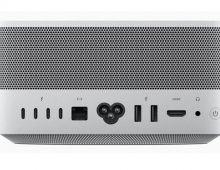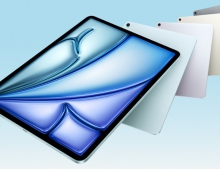
Apple Paper Confirms Self-driving Vehicle Research
Apple scientists have disclosed a paper describinf how self-driving cars can spot cyclists and pedestrians while using fewer sensors, in what appears to confirm the company's work on autonomous vehicles.
The paper "VoxelNet: End-to-End Learning for Point Cloud Based 3D Object Detection" by Yin Zhou and Oncel Tuzel was submitted on Nov. 17 to independent online journal arXiv. "VoxelNet" is a software designed to helping computers detect three-dimensional objects.
Self-driving cars often use a combination of normal two-dimensional cameras and depth-sensing "LiDAR" units to recognize the world around them. While the units supply depth information, their low resolution makes it hard to detect small, faraway objects without help from a normal camera linked to it in real time.
With new software, the Apple researchers said they were able to get "highly encouraging results" in spotting pedestrians and cyclists with just LiDAR data. They also wrote they were able to beat other approaches for detecting three-dimensional objects that use only LiDAR. The experiments were computer simulations and did not involve road tests.
"VoxelNet is a generic 3D detection network that unifies feature extraction and bounding box prediction into a single stage, end-to-end trainable deep network. Specifically, VoxelNet divides a point cloud into equally spaced 3D voxels and transforms a group of points within each voxel into a unified feature representation through the newly introduced voxel feature encoding (VFE) layer. In this way, the point cloud is encoded as a descriptive volumetric representation, which is then connected to a RPN to generate detections," the paper reads.
"Experiments on the KITTI car detection benchmark show that VoxelNet outperforms the state-of-the-art LiDAR based 3D detection methods by a large margin. Furthermore, our network learns an effective discriminative representation of objects with various geometries, leading to encouraging results in 3D detection of pedestrians and cyclists, based on only LiDAR," Apple researchers say.
Apple Chief Executive Tim Cook has called self-driving cars "the mother of all AI projects," but Apple has given few hints about the nature of its self-driving car ambitious.
Last December, Apple asked federal regulators not to restrict testing of the technology.
In April, Apple filed a self-driving car testing plan with California regulators.





















